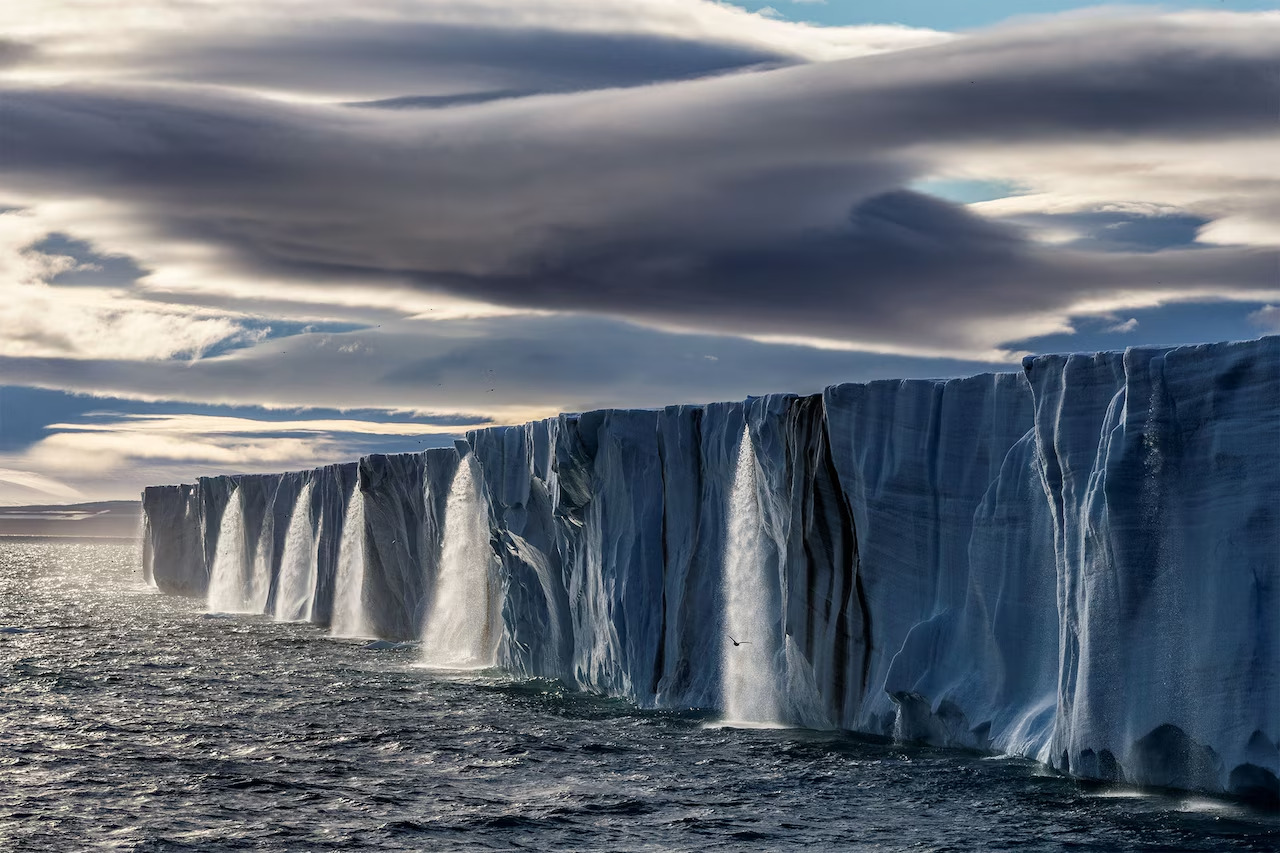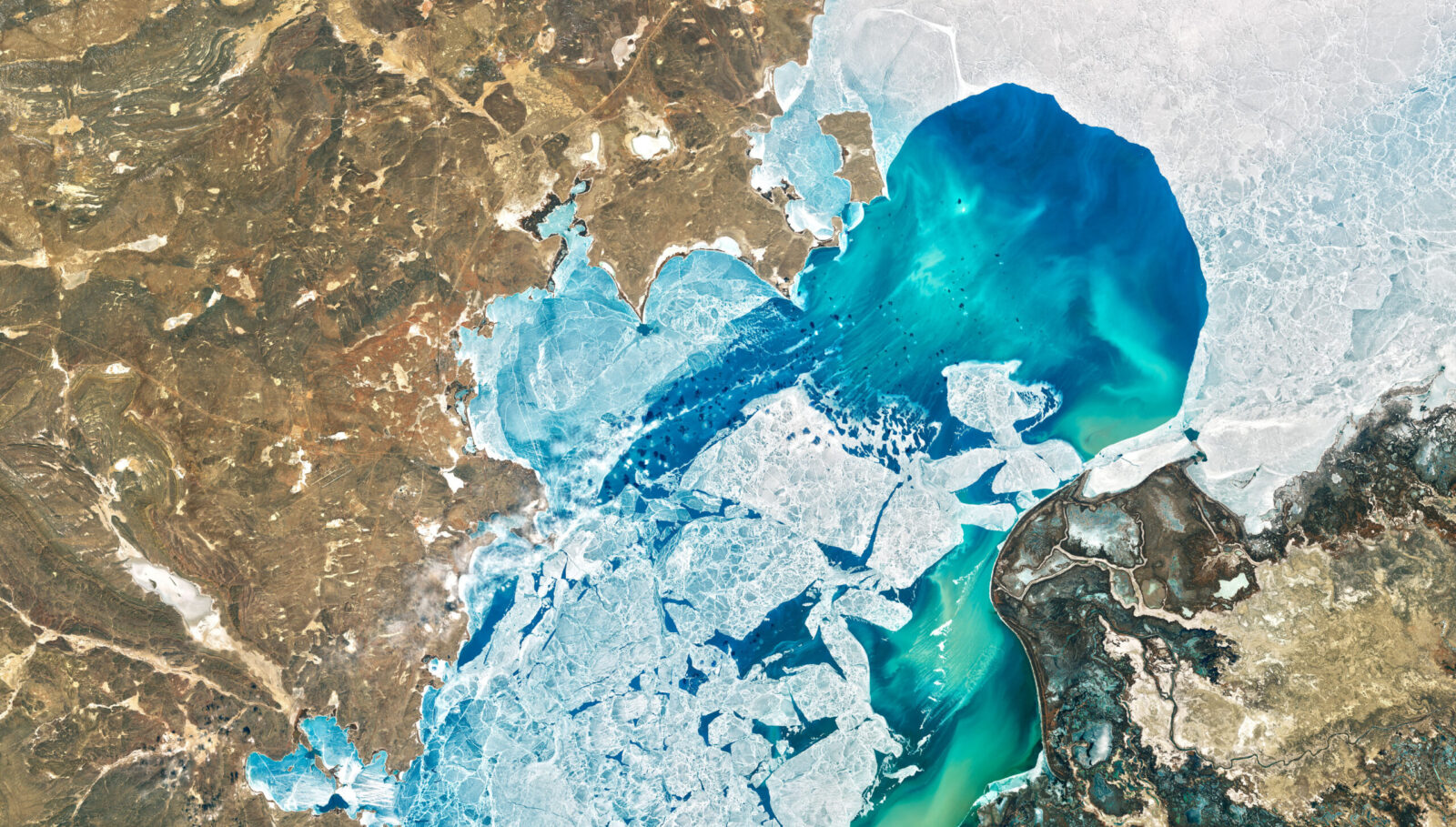Earth transformed from ‘snowball’ to ‘slushball’ in rapid warming event after last Ice Age
 Planet earth from the space and solar eclipse at night in the center solar system atmosphere, September, 2024. (Adobe Stock Photo)
Planet earth from the space and solar eclipse at night in the center solar system atmosphere, September, 2024. (Adobe Stock Photo)
Scientists at Virginia Tech have unearthed compelling new insights into a massive melting period that reshaped Earth’s climate at the end of the last global ice age. This period, referred to as the “plumeworld ocean” era, saw Earth’s deep freeze morph into a “slushball” state, with sky-high carbon dioxide levels triggering rapid warming and intense melting.
The study, recently published in the Proceedings of the National Academy of Sciences, offers the first direct geochemical evidence of this transitional phase, highlighting its significant impact on ocean chemistry and climate.
Deep freeze to slushball: Earth’s transformation
Approximately 635 million to 650 million years ago, Earth underwent a deep freeze that blanketed much of the planet in ice. With plunging temperatures and growing ice caps, Earth’s reflectivity increased, reducing sunlight absorption and accelerating the cooling process. During this “snowball Earth” phase, a quarter of the planet’s oceans were frozen, creating a cascade of atmospheric changes.
Lead researcher Tian Gan, a former Virginia Tech postdoctoral scholar, and geologist Shuhai Xiao analyzed carbonate rocks from this era to explore how Earth’s climate thawed. According to Xiao, as carbon dioxide levels spiked due to trapped greenhouse gases, the planet’s frozen state shattered, triggering rapid melting that may have transformed Earth’s climate “catastrophically.”

Melting begins: Earth’s “plumeworld ocean” phase
As the ice began to melt, Earth’s climate didn’t shift gradually but instead swung dramatically. In just 10 million years, global temperatures rocketed from minus 50 to 120 degrees Fahrenheit (minus 45 to 48 degrees Celsius). During this era, described as the “plumeworld ocean” phase, vast rivers of glacial meltwater streamed into the seas, creating an unusual layering effect in the oceans. Meltwater floated above denser, saltier ocean waters, producing a unique geochemical signature.
Rock evidence confirms ancient climate shift
The Virginia Tech research team analyzed lithium isotopes in carbonate rocks that formed as the ice age was ending. Their analysis revealed distinct signatures of freshwater in rocks formed near the shore, while rocks from deeper waters reflected a saltier, more stable ocean. These results support the plumeworld ocean theory, painting a picture of a dynamic, rapidly changing ancient Earth.

Resilient life on slushy earth
According to Xiao, the findings help to better define Earth’s environmental limits and offer insight into the resilience of life under extreme conditions. As Earth shifted from a deep freeze to a “slushball” state, life had to endure volatile temperatures, turbulent oceans, and intense chemical shifts.
The study underscores not only the limits of climate and environmental stability but also the remarkable adaptability of life on Earth.



